Home>Articles>What Are Good Alternatives To Using A Pool Ladder
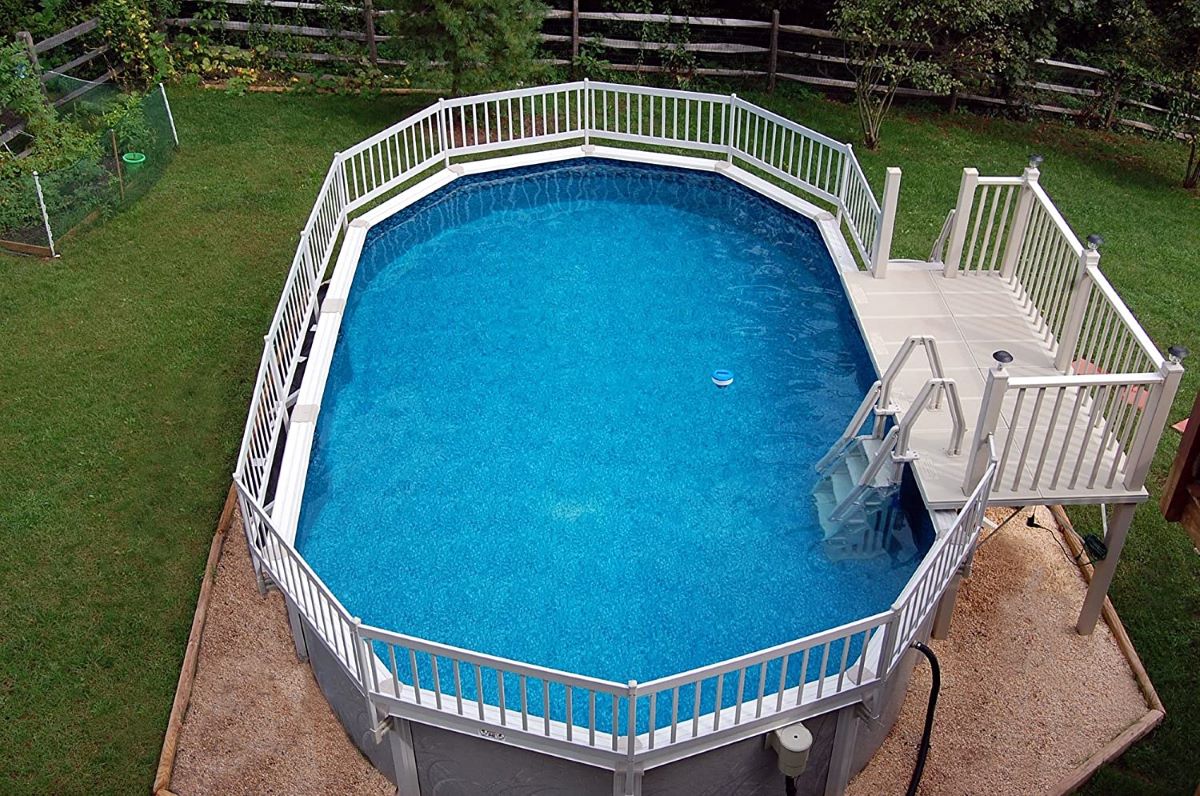

Articles
What Are Good Alternatives To Using A Pool Ladder
Modified: August 28, 2024
Looking for alternative options to a pool ladder? Check out our collection of informative articles on various pool accessories and equipment.
(Many of the links in this article redirect to a specific reviewed product. Your purchase of these products through affiliate links helps to generate commission for Storables.com, at no extra cost. Learn more)
Introduction
Swimming pools are a wonderful addition to any home, providing a refreshing respite during hot summer days. However, one essential element of a swimming pool that is often overlooked is the pool ladder. A pool ladder is necessary for entering and exiting the pool safely and comfortably, but what if you don’t have one or need an alternative?
In this article, we will explore various options that you can use instead of a pool ladder. Whether you’re looking for a temporary fix or a more permanent solution, there are alternative options available that can meet your needs. So, let’s dive in and find out what alternatives you can consider!
Key Takeaways:
- Enhance Your Pool Experience
Explore alternatives to traditional pool ladders such as pool steps, stairs, ramps, inflatable water slides, rope ladders, built-in features, or DIY solutions to customize your pool access and create a safe and enjoyable swimming experience for all. - Prioritize Safety and Creativity
Consider safety, accessibility, and visual appeal when choosing an alternative to pool ladders. Whether opting for stability with pool steps or adding a playful touch with inflatable water slides, prioritize safety while showcasing your creativity in enhancing your pool area.
Option 1: Pool Steps
If you’re looking for a close alternative to a pool ladder, pool steps are a great option. Pool steps are designed to provide easy access into the pool, just like a ladder, but with the added benefit of larger and more stable steps.
Unlike traditional ladders, pool steps offer a wider surface area and provide more space for both feet, making it easier and safer to enter and exit the pool. The wide steps also make it more comfortable to sit and relax in the water, giving you the feeling of sitting on a mini-lounge. This can be particularly enjoyable for those who want to soak in the pool without fully immersing themselves.
Pool steps come in various designs and materials, including plastic, fiberglass, and stainless steel. Depending on your preference and budget, you can choose a set of pool steps that matches your pool aesthetic and durability requirements.
Installation of pool steps is relatively straightforward, especially if your pool is already equipped with the necessary fittings. Many pool step options come with an adjustable attachment system, allowing you to easily secure the steps to the side of the pool.
It’s worth noting that pool steps may not be suitable for all types of pools. If you have an above-ground pool, you will need to ensure that the pool steps are compatible with the design and height of your pool wall. Additionally, check if the pool steps are suitable for the water depth in your pool, as some steps are designed for deeper pools.
Overall, pool steps are an excellent alternative to traditional pool ladders, providing a more spacious and comfortable entry point into the pool. They offer stability and ease of use, making them a popular choice for pool owners looking for a ladder replacement.
Option 2: Pool Stairs
If you’re searching for a more permanent and visually appealing alternative to a pool ladder, pool stairs might be the solution you’re looking for. Pool stairs are designed to seamlessly integrate with your pool, providing a stylish and functional entryway.
Unlike pool ladders or steps, pool stairs are typically constructed using durable materials such as fiberglass or concrete. This makes them a long-lasting and low-maintenance option for pool access. Pool stairs can be customized to fit the size and shape of your pool, ensuring a perfect fit and a cohesive look.
One of the key advantages of pool stairs is their versatility. They often feature multiple steps that gradually descend into the pool, providing a more gradual and comfortable entry point. This can be particularly beneficial for individuals with mobility issues or those who prefer a gentle and secure descent into the water.
Another advantage of pool stairs is the addition of handrails. Many pool stair designs include built-in handrails on both sides, providing extra support and stability while entering and exiting the pool. This feature can be beneficial for individuals who require additional assistance or have limited mobility.
Installing pool stairs may require some professional assistance, especially if you are opting for custom-made stairs. The process involves ensuring proper placement, secure anchoring, and integration with the pool surface. However, once installed, pool stairs become a seamless and elegant addition to your pool area.
It’s important to consider the maintenance of pool stairs, as they may require regular cleaning and occasional repairs. However, with proper care and maintenance, pool stairs can serve as a safe and aesthetically pleasing alternative to traditional pool ladders.
Whether you have an in-ground or above-ground pool, pool stairs can be a fantastic alternative that not only enhances the accessibility of your pool but also adds a touch of elegance and sophistication to your outdoor space.
Option 3: Pool Ramps
If you’re looking for a unique and inclusive alternative to a pool ladder, pool ramps offer an excellent option. Pool ramps are designed to provide a gradual incline into the pool, making it easier for individuals with mobility challenges or those using mobility aids to access the water.
Pool ramps are typically made from a durable and non-slip material, such as high-density polyethylene or fiberglass. They are designed to withstand the pool environment, including exposure to water and sunlight. Some pool ramps even come with a textured surface to further enhance grip and prevent slipping.
One of the main advantages of pool ramps is their accessibility. The gradual slope allows individuals in wheelchairs or with limited mobility to roll or walk into the pool with ease. This promotes inclusivity and ensures that everyone can enjoy the benefits of swimming and water activities.
Pool ramps are available in various sizes and configurations to suit different pool types and dimensions. They can be custom-made to perfectly fit your pool, ensuring a seamless integration and safe access point. Some pool ramps also feature handrails for added support, providing an extra level of safety and stability.
Installation of pool ramps may require professional assistance, especially if modifications need to be made to the pool structure. The process typically involves securing the ramp to the pool deck and ensuring a smooth transition from the ramp to the pool surface.
In addition to their functional benefits, pool ramps can also add a unique and aesthetically pleasing element to your pool area. They can be designed to complement the overall style and decor of your pool, enhancing its visual appeal.
When considering a pool ramp, it’s important to ensure that it meets safety standards and regulations. This includes having the proper slope, width, and grip to ensure a secure and accessible entry into the pool.
Overall, pool ramps provide an inclusive and user-friendly alternative to traditional pool ladders. They offer a gradual transition into the water, making swimming accessible to individuals with mobility challenges and ensuring that everyone can enjoy the pool to its fullest.
Option 4: Inflatable Water Slides
If you’re looking to add a playful and adventurous element to your pool area, inflatable water slides can be a fantastic alternative to a pool ladder. These inflatable structures not only provide a thrilling slide experience but also serve as a fun and exciting entry point into the water.
Inflatable water slides are typically made from durable and waterproof materials such as PVC or nylon. They are designed to be set up on the edge of the pool and provide a smooth and slippery surface for sliding into the water.
One of the main advantages of inflatable water slides is their versatility. They come in various sizes and shapes, allowing you to choose one that fits your pool dimensions and space availability. From small slides suitable for children to large slides for adults, there is a wide range of options to choose from.
Setting up an inflatable water slide is relatively simple. Most slides come with an air pump that inflates the structure within minutes. Once inflated and secured in place, the slide is ready to be enjoyed by you and your family or friends. Some models also come with built-in water sprayers, adding an extra element of fun by keeping the slide wet and slippery.
While inflatable water slides offer an exciting entry point into the pool, it’s important to use them responsibly and ensure safety precautions are taken. Make sure to follow the manufacturer’s guidelines regarding the recommended age and weight limits for the slide. Always supervise children and ensure the pool area is clear of obstacles and hazards.
Inflatable water slides can be a temporary or seasonal alternative to a pool ladder, allowing you to enjoy a unique and exhilarating way of entering the water. They provide a sense of adventure and entertainment for both children and adults, making pool time a memorable and enjoyable experience.
Keep in mind that inflatable water slides may require regular maintenance, including cleaning and proper storage when not in use. Following the manufacturer’s instructions and taking care of the slide will ensure its longevity and continued functionality.
Overall, inflatable water slides offer a fun and playful alternative to traditional pool ladders. They transform your pool area into a mini water park and provide endless hours of sliding and splashing excitement for all ages.
Consider using a pool step or a pool ramp as an alternative to a pool ladder. These options provide easier access for children, elderly, or individuals with mobility issues.
Option 5: Rope Ladders
If you’re looking for a simple and portable alternative to a pool ladder, rope ladders can provide an effective solution. Rope ladders are lightweight, easy to install, and can be a versatile addition to your pool area.
Rope ladders are typically made of durable materials such as nylon or polypropylene. The ladder rungs are made from sturdy yet lightweight materials like aluminum or treated wood. These materials ensure the ladder’s durability and resistance to the pool environment.
One of the main advantages of rope ladders is their portability. You can easily move them around your pool, attach them to different areas, or even remove them when not in use. This flexibility allows you to customize your pool access points and accommodate different pool configurations.
Installing a rope ladder is relatively simple. Most rope ladders come with hooks or carabiners that can be attached to the pool deck or other sturdy fixtures. Adjusting the ladder’s height is also possible by simply adjusting the length of the ropes or straps.
It’s important to consider safety when using rope ladders. Ensure that the ladder is securely attached and properly tensioned to prevent accidents or slips. Additionally, make sure the ladder’s weight capacity can support the intended users.
While rope ladders may not offer the same stability and wide steps as traditional pool ladders, they are a cost-effective and convenient alternative. They can be used for temporary or occasional pool access, especially in situations where a permanent ladder installation is not feasible.
Keep in mind that rope ladders might not be suitable for all pool types. They work best for above-ground pools or pools with deck areas where they can be securely attached. Additionally, rope ladders may not be suitable for individuals with limited mobility or those who require more stable and supported entry points.
Overall, rope ladders offer a flexible and portable alternative to traditional pool ladders. They can be a useful addition to your pool area, providing an accessible and versatile way to enter and exit the water.
Option 6: Built-In Pool Features
If you’re looking for a creative and visually stunning alternative to a pool ladder, built-in pool features can offer a unique and functional solution. These features are designed to blend seamlessly with your pool, providing both an aesthetic appeal and a convenient way to enter and exit the water.
There are various built-in pool features that can serve as alternatives to traditional pool ladders. One popular option is a beach entry or zero-entry design. This type of entry slowly slopes into the pool, mimicking the gradual entry of a beach. It creates a smooth transition for swimmers and offers a spacious and comfortable area for lounging and enjoying the water.
Another option is a pool ledge or tanning shelf. This shallow area extends from the pool deck and provides a convenient space for relaxation and sunbathing. The ledge can be incorporated with steps or a gentle incline, allowing you to walk or sit in the water without the need for a ladder.
Waterfalls and cascades can also serve as alternative entry points. These beautiful water features can be designed to have a gentle slope or steps, providing a picturesque and refreshing way to enter the pool. The flowing water adds a soothing ambiance and creates a unique swimming experience.
Other built-in features, such as swim-up bars or submerged seating areas, can also provide alternative access points into the pool. These features are not only functional but also add a luxurious and social element to your pool area.
When considering built-in pool features as an alternative to ladders, it’s essential to consult with a professional pool designer or contractor. They can guide you in selecting the right features that suit your pool design, space, and personal preferences. Proper installation and planning are crucial to ensure the functionality, safety, and durability of these features.
While built-in pool features may require a larger investment compared to traditional ladders, they offer a unique and visually stunning alternative. They not only enhance the aesthetics of your pool but also provide a convenient and enjoyable way to enter and experience the water.
Overall, built-in pool features can be a creative and innovative alternative to typical pool ladders. These features integrate seamlessly with your pool, creating a visually striking and functional entry point that will enhance your overall swimming experience.
Option 7: DIY Solutions
If you’re feeling handy and up for a DIY project, there are several creative alternatives to pool ladders that you can construct yourself. DIY solutions allow you to customize and personalize your pool access while showcasing your creativity and craftsmanship.
One popular DIY option is creating a wooden or PVC ladder. With some basic woodworking or plumbing skills, you can design and build a ladder that fits the specific dimensions of your pool. By using sturdy materials and following proper construction techniques, you can create a safe and functional ladder that matches your style preferences.
Another DIY solution is repurposing items like sturdy crates or storage containers. By securely stacking and fastening them together, you can create a makeshift ladder with steps that provide a stable surface for entering and exiting the pool. Ensure that the containers are strong and can handle the weight to ensure safety.
If you’re looking for a more natural and rustic approach, you can consider using large rocks or boulders as stepping stones. Arrange them strategically along the edge of the pool, creating a pathway that allows you to easily step down into the water. Make sure to choose rocks that are stable and secure for a safe entry point.
Using rope or sturdy cords is another DIY alternative. Attach the rope securely to a fixed point, such as a deck railing, and create a series of knots or loops to serve as steps. This makeshift rope ladder can provide a unique and fun way to access the pool, especially if you enjoy a more adventurous swimming experience.
As with any DIY project, it’s essential to prioritize safety when constructing your own pool ladder or alternative. Ensure that the materials you use are strong, durable, and suitable for outdoor use. Take measurements, follow proper construction techniques, and test the stability of your creation to make sure it can support the weight and usage.
Keep in mind that DIY solutions may not always be as sturdy or long-lasting as professionally designed pool features. Therefore, regular inspections and maintenance are necessary to ensure their continued safety and functionality.
Overall, DIY solutions provide a cost-effective and customizable alternative to traditional pool ladders. They allow you to add a personal touch to your pool area while showcasing your creativity and skills. Just ensure that you prioritize safety and use appropriate materials during the construction process.
Conclusion
When it comes to accessing your pool safely and conveniently, there are various alternatives to traditional pool ladders available to suit your needs and preferences. Whether you’re looking for a temporary solution, a more permanent addition, or a creative DIY project, there’s an option that can enhance your pool experience while ensuring safety and accessibility.
Pool steps offer a wide and comfortable entry point, providing stability and ease of use. They come in various materials and can be easily installed and adjusted to fit your pool setup.
Pool stairs, on the other hand, offer a more visually appealing and permanent alternative. They can be customized to match your pool’s design and provide a sturdy and elegant entryway into the water.
Pool ramps are a great choice for individuals with mobility challenges or those using mobility aids. Their gradual slope allows for easy access, promoting inclusivity and ensuring everyone can enjoy the pool.
Inflatable water slides provide a thrilling and fun alternative, transforming your pool into a mini water park. They offer an exciting way to enter the water and create lasting memories for both children and adults.
Rope ladders are a simple and portable option that can be easily moved and adjusted. While not as stable as other alternatives, they provide a cost-effective solution for temporary pool access.
Built-in pool features, such as beach entries, tanning shelves, or waterfalls, offer a unique and visually stunning alternative. They integrate seamlessly with your pool, providing both functional access and an aesthetic appeal.
If you’re feeling handy and creative, DIY solutions allow you to customize your pool access. From building your own ladder to repurposing items or creating stepping stones, these options let you showcase your skills and add a personal touch to your pool area.
When considering alternatives to pool ladders, it’s crucial to prioritize safety, ensuring that the chosen option is suitable for your pool type, meets safety standards, and is properly installed and maintained.
In conclusion, whether you opt for pool steps, pool stairs, ramps, inflatable water slides, rope ladders, built-in features, or DIY solutions, there is no shortage of alternatives to traditional pool ladders. Choose the option that best suits your needs, enhances your pool area, and ensures a safe and enjoyable swimming experience for you and your loved ones.
Frequently Asked Questions about What Are Good Alternatives To Using A Pool Ladder
Was this page helpful?
At Storables.com, we guarantee accurate and reliable information. Our content, validated by Expert Board Contributors, is crafted following stringent Editorial Policies. We're committed to providing you with well-researched, expert-backed insights for all your informational needs.
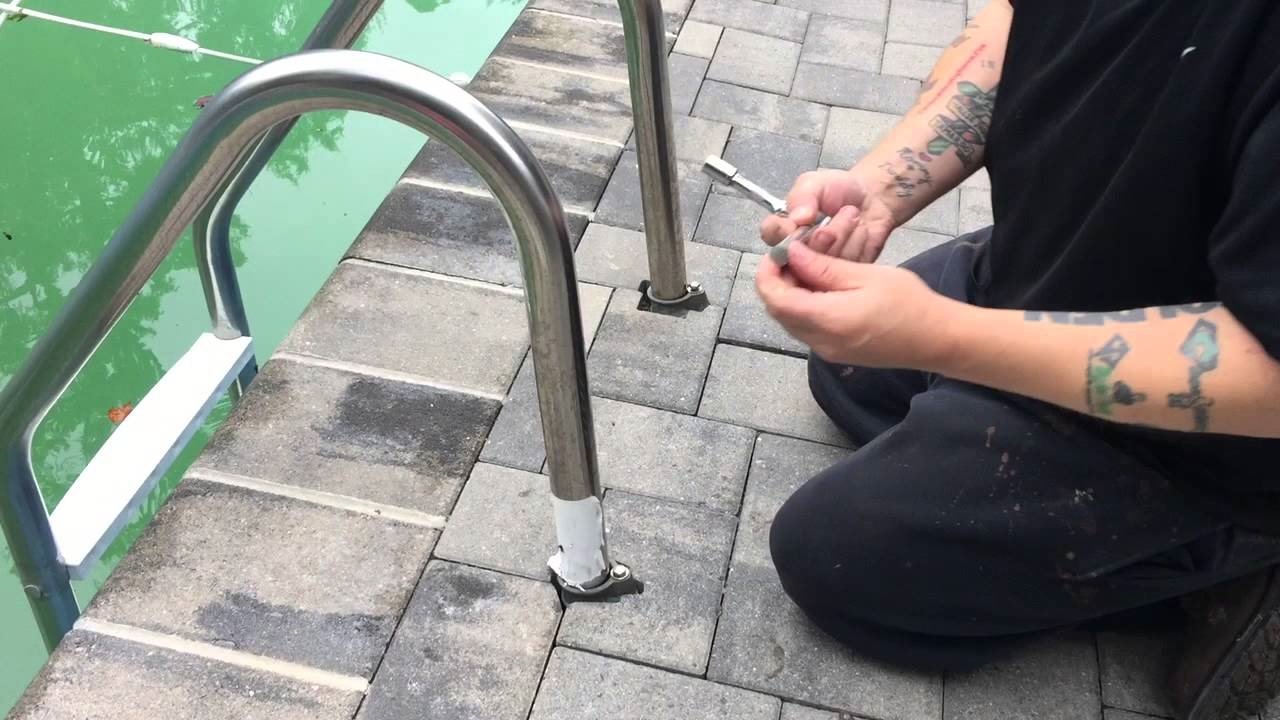
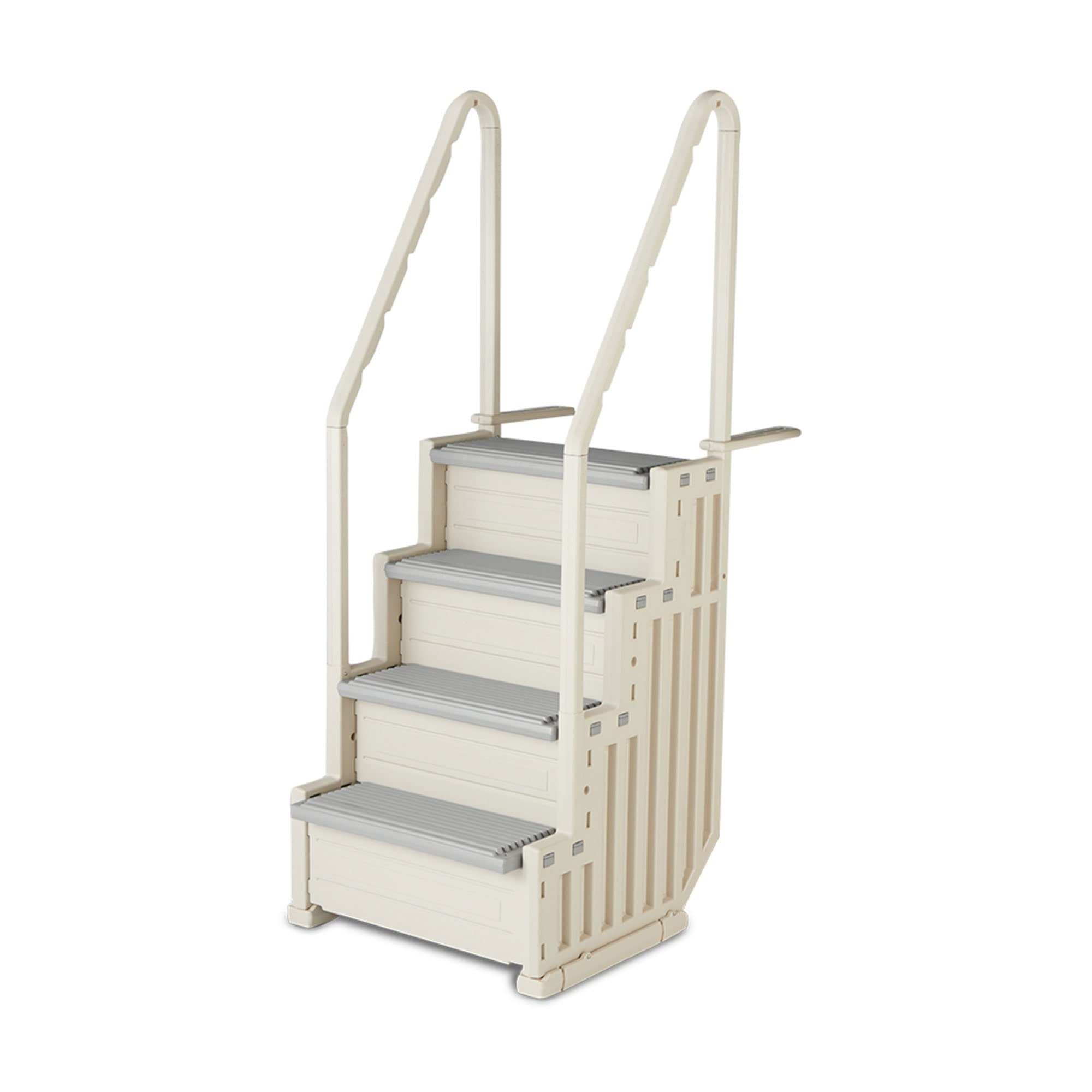
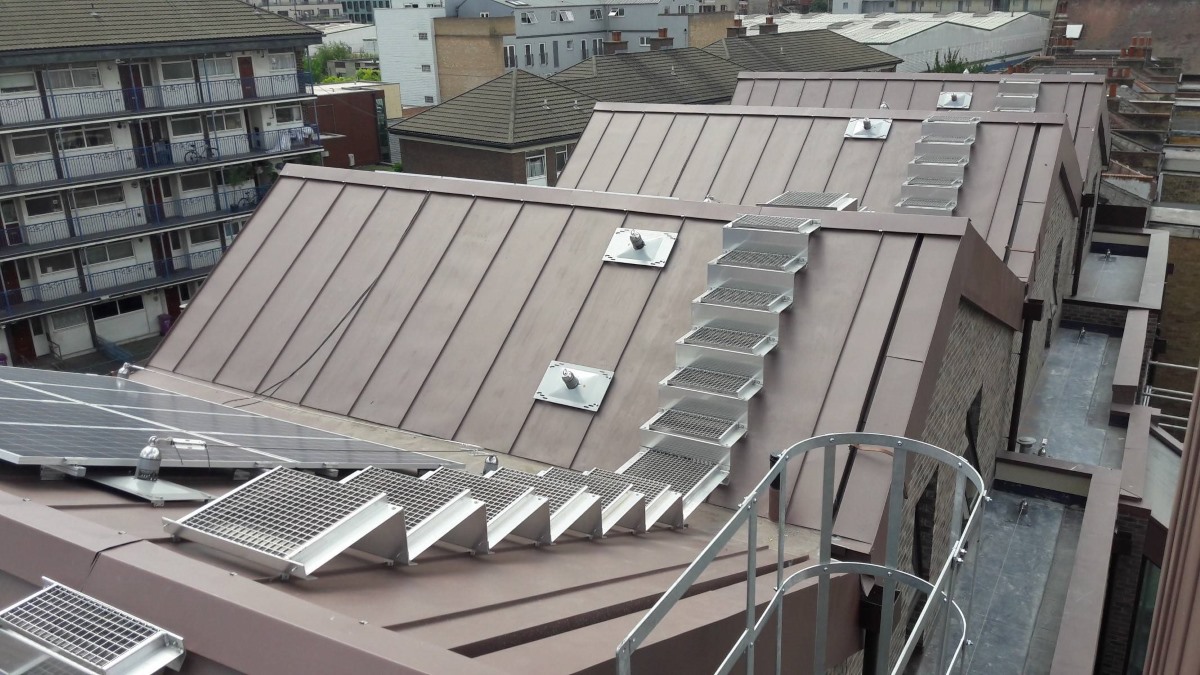
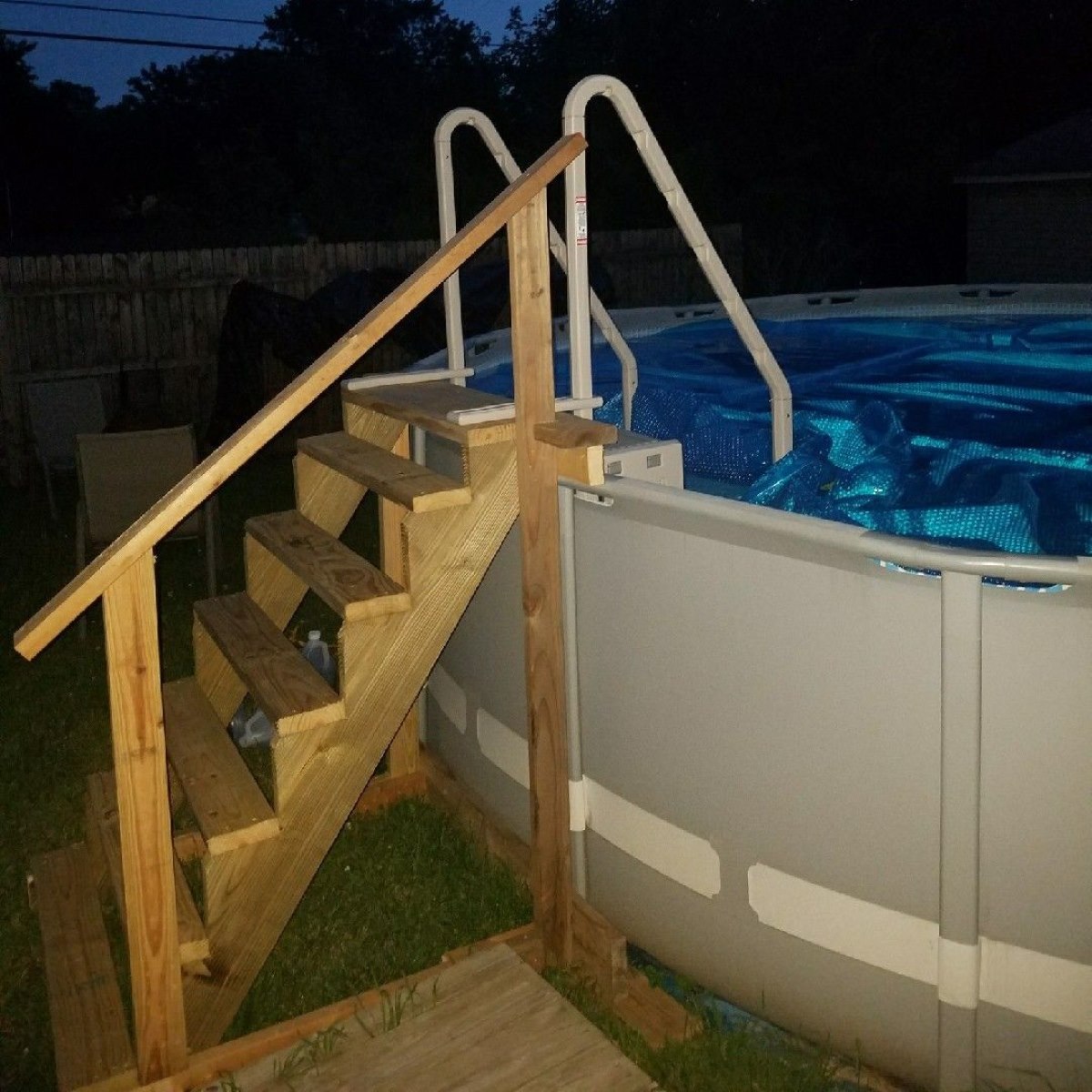
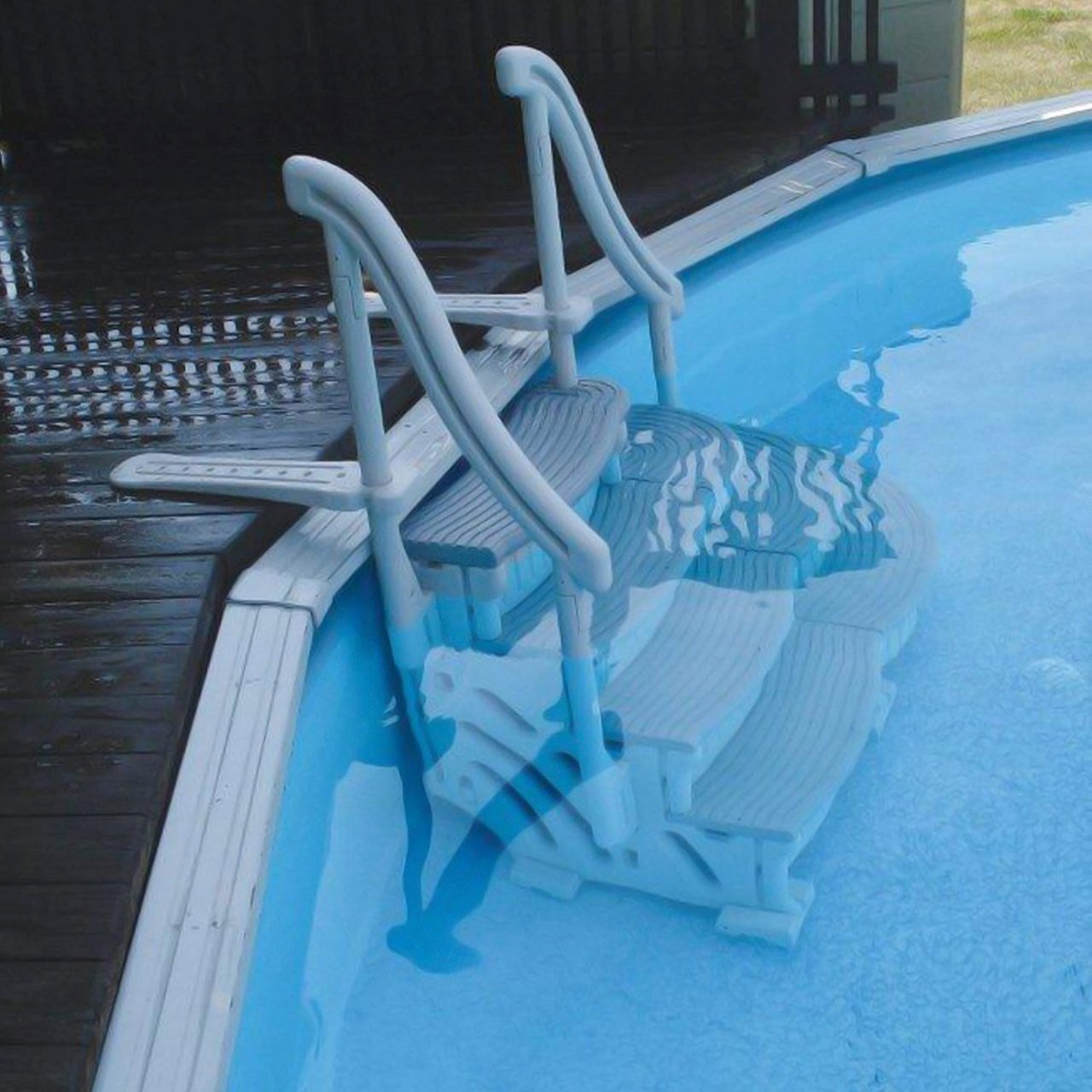
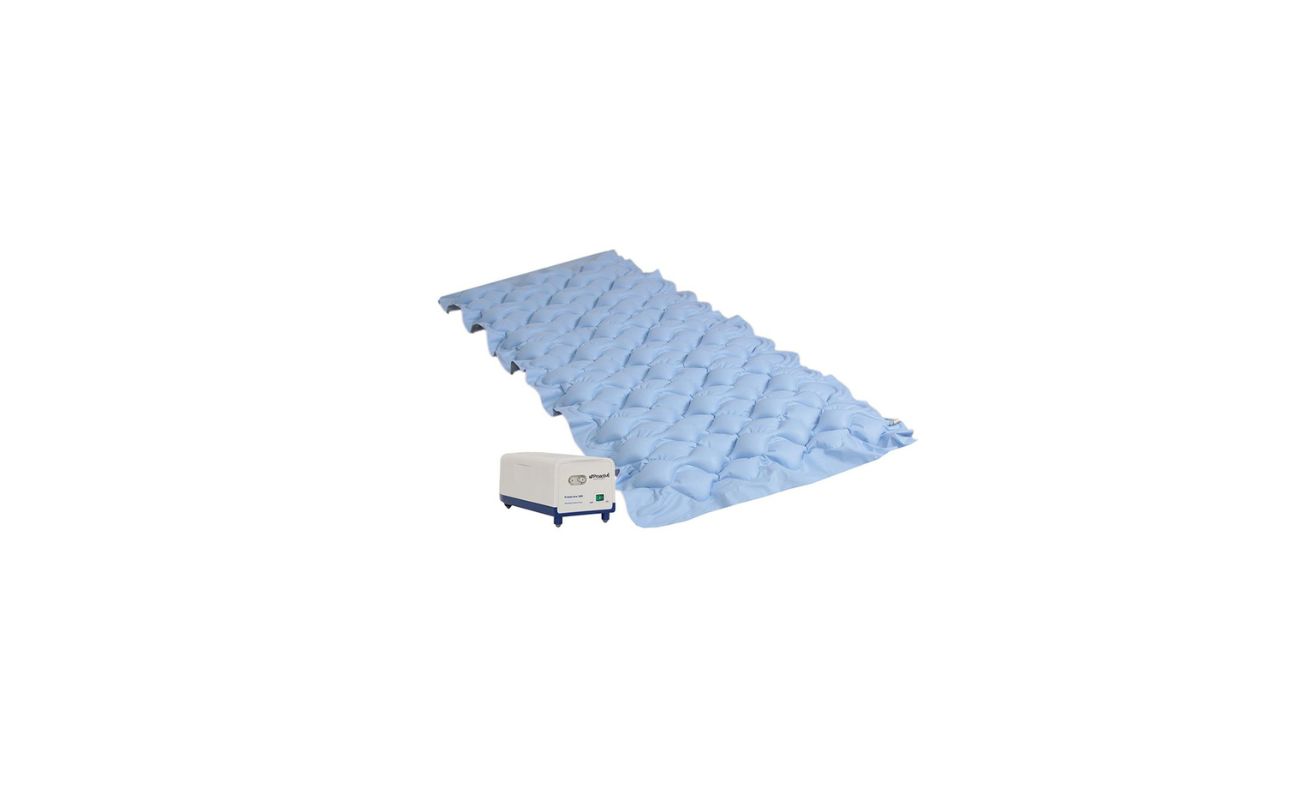

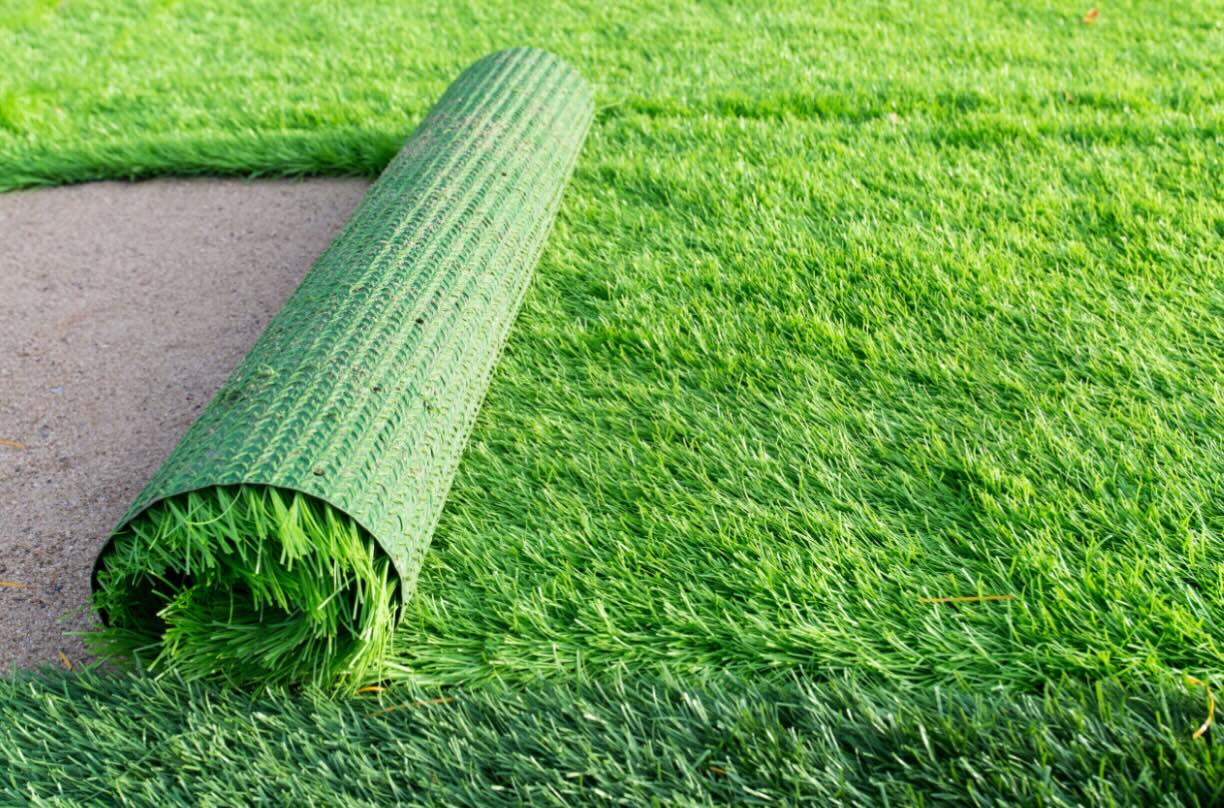
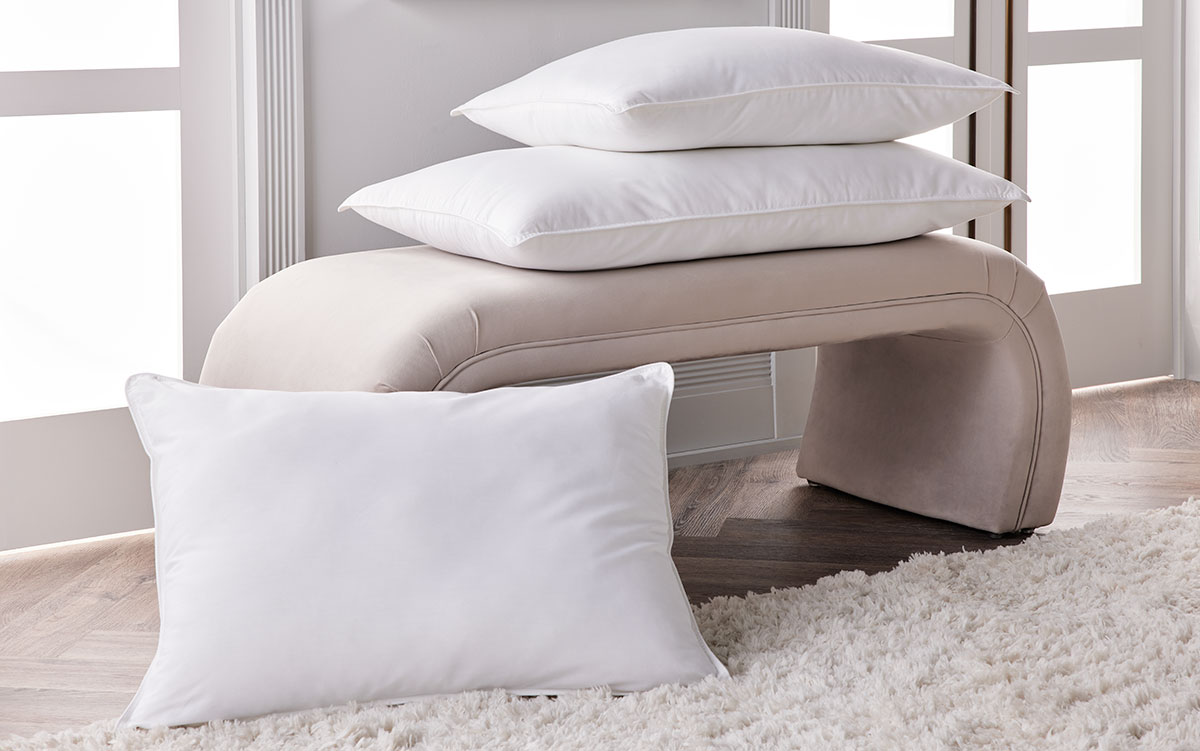


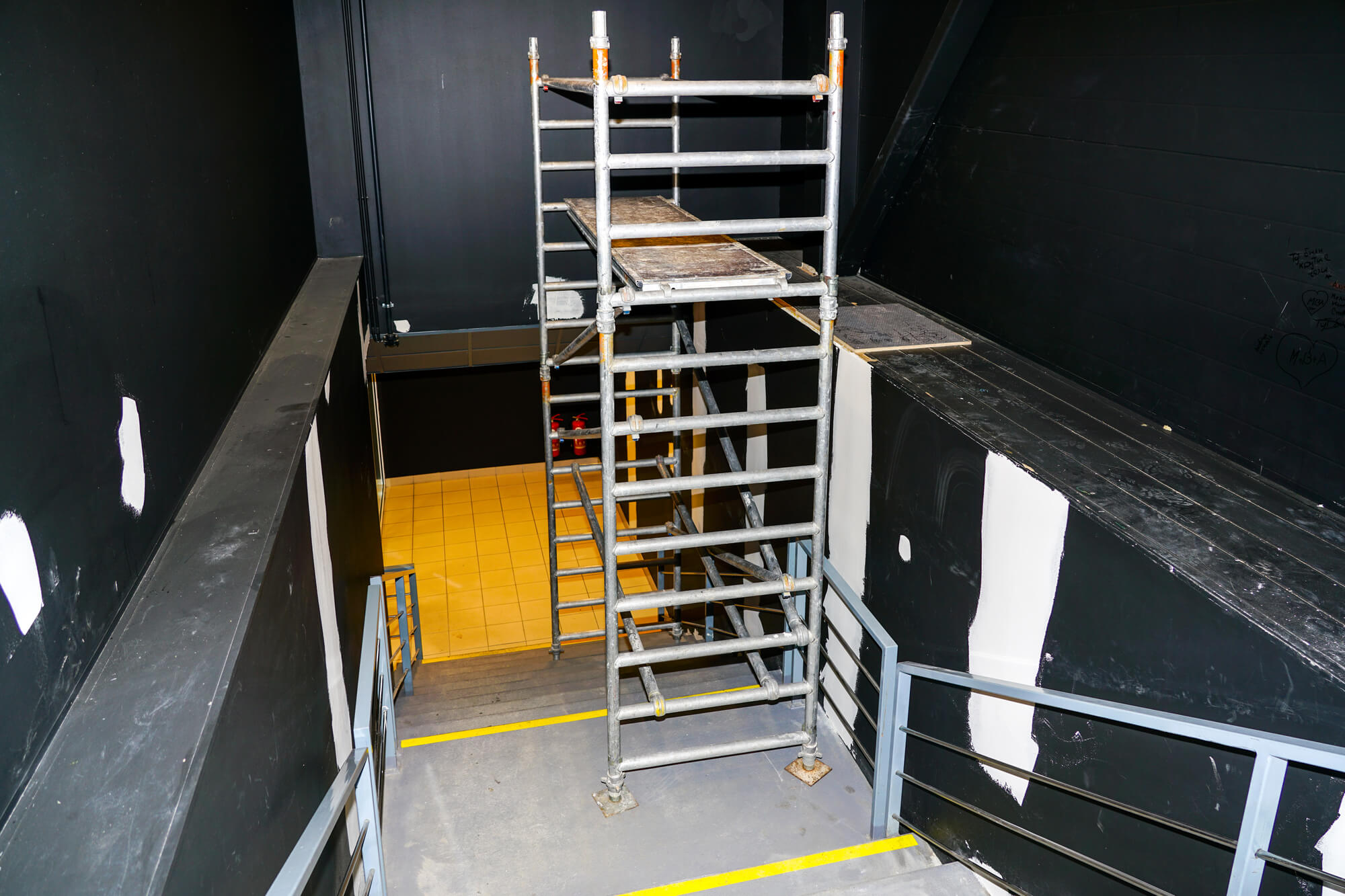

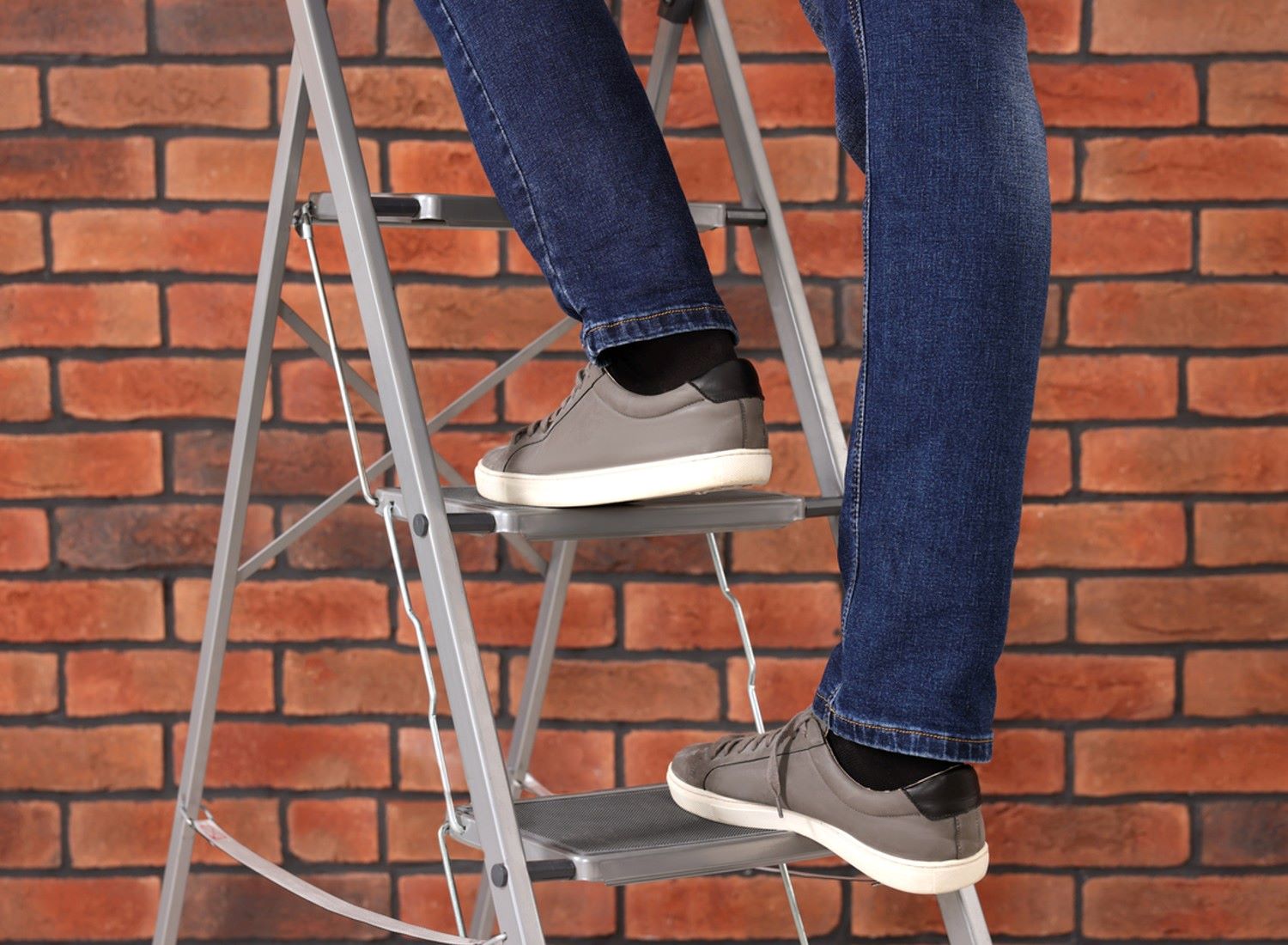

0 thoughts on “What Are Good Alternatives To Using A Pool Ladder”